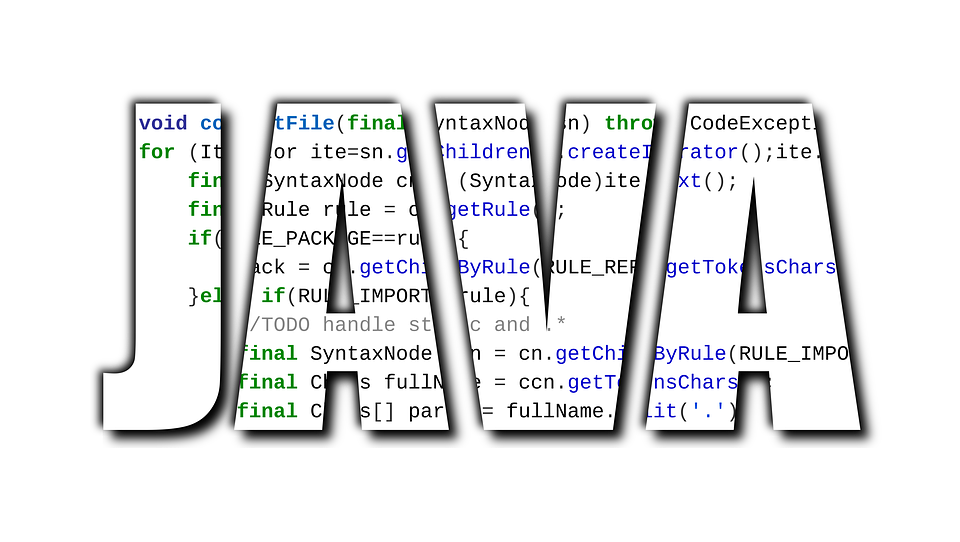
When starting your programming journey, choosing the right language can greatly impact your learning experience and prospects. Two popular languages often recommended for beginners are Java and Python. In this article, we’ll compare Java and Python, highlighting their strengths and weaknesses, to help you make an informed decision.
Java
Java has long been a favourite among beginners due to its extensive resources, strong typing, and focus on object-oriented programming (OOP) principles.
Advantages of learning Java first
- Extensive resources: Java has a vast ecosystem with numerous libraries, frameworks, and tools, providing beginners with ample resources to learn and grow.
- Strong typing: Java’s strong typing helps beginners understand data types and catch errors early in the development process, fostering good programming habits.
- OOP focus: Java’s emphasis on OOP principles helps beginners grasp essential concepts like encapsulation, inheritance, and polymorphism, which are crucial for writing maintainable and scalable code.
- Industry demand: Java’s widespread use in enterprise applications and Android app development means that learning Java can open up numerous job opportunities.
Drawbacks of Java for Beginners
- Verbose syntax: Java’s syntax can be verbose compared to Python, requiring more lines of code to accomplish similar tasks, which might be intimidating for beginners.
- Steeper learning curve: Java’s concepts, such as OOP and memory management, can be more challenging for beginners to grasp compared to Python’s simpler syntax and concepts.
Python
Python has gained popularity among beginners due to its simple syntax, readability, and versatility.
Advantages of learning Python first
- Simple syntax: Python’s clean and concise syntax makes it easier for beginners to read, write, and understand code, reducing the chances of getting overwhelmed.
- Readability: Python’s emphasis on readability, with its use of indentation and English-like keywords, helps beginners focus on problem-solving rather than getting bogged down by complex syntax.
- Versatility: Python is a general-purpose language used in various domains, including web development, data analysis, machine learning, and scientific computing, providing beginners with a wide range of opportunities to explore.
- Faster development: Python’s simplicity and extensive standard library enable beginners to develop projects faster, helping them stay motivated and engaged in the learning process.
Drawbacks of Python for Beginners
- Weaker typing: Python’s dynamic typing can be more forgiving, but it might lead to runtime errors that are harder for beginners to debug and understand.
- Performance: Python’s interpreted nature and dynamic typing can result in slower performance compared to Java, which might be a concern for certain applications.
The choice between Java and Python depends on your learning goals and the type of projects you want to pursue. Consider learning Java if you are interested in enterprise application development or Android app development and prefer a language with strong typing and more structured programming. Or Python if you want to start coding quickly and focus on problem-solving rather than language complexities.
Many programmers start with one language and later learn the other, benefiting from the unique strengths of each. Java offers a robust foundation in OOP and strong typing. As a beginner, the most important thing is to start coding and building java projects. Happy coding!
